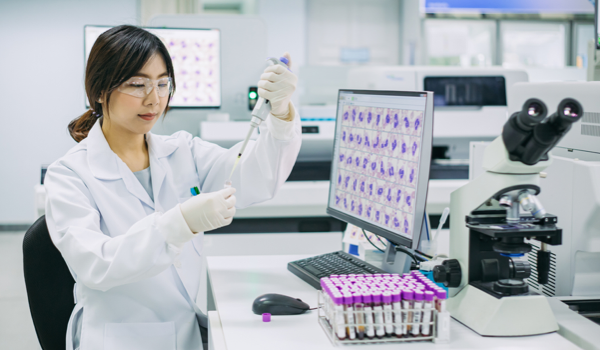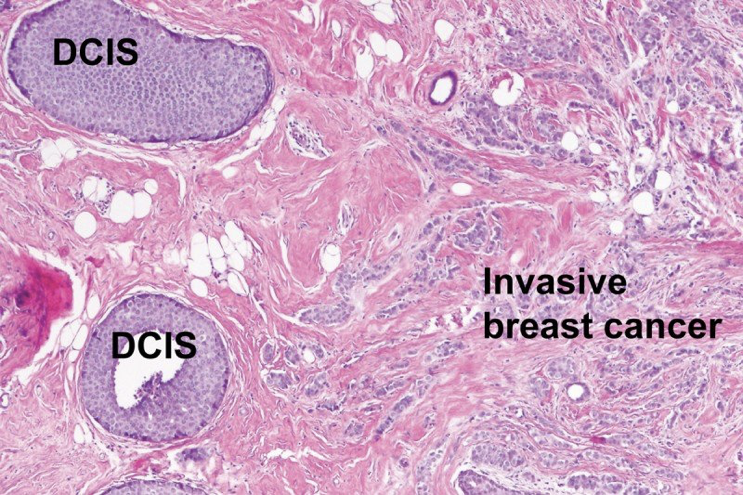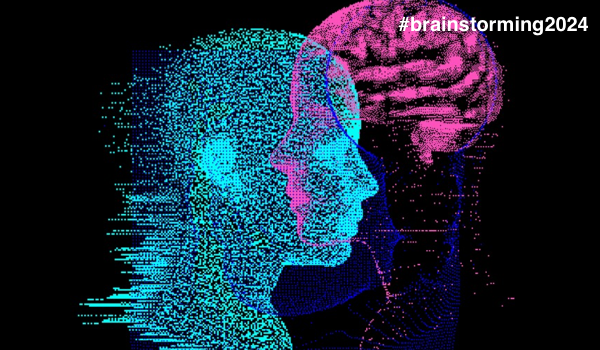


NEW YORK - Machine learning (ML) methods and intelligent techniques provide a unique opportunity for pathologist to offering innovative care based on tremendous amounts of data currently available in imaging and non-imaging applications.
Human pathologists diagnose a disease based on stained specimens on a glass slide using a microscope. In the recent years, they have captured various big images with advanced scanners and saved these in whole slide images. Current research focuses on intelligent analysis of high-volume images to extract information based on ML and artificial intelligence (AI) methods.
Intelligent pathological image analysis often applies general image recognition methods, for example methods applied for face recognition. The challenge is related to the specific characteristics of the images captured by advanced microscopes, which are not detectable with general methods. Therefore, specific processing is required in order to capture the unique features of the images. An example of pathological image that shows the tumor is presented in Fig. 1.[1]

Fig. 1: A pathology slide showing samples from a Ductal carcinoma in situ tumor (left) and an invasive breast cancer.[1]
One of the advanced techniques for image processing, specifically for pathological image analysis, relies on deep learning (DL). The DL method can learn complex features from image data and provide results with high accuracy. Running a DL method requires many computational resources, and the recent use of GPUs opened up the possibility of running this method. Two examples of DL methods are AlexNet and ImageNet, which work with large visual databases of
The content herein is subject to copyright by The Yuan. All rights reserved. The content of the services is owned or licensed to The Yuan. Such content from The Yuan may be shared and reprinted but must clearly identify The Yuan as its original source. Content from a third-party copyright holder identified in the copyright notice contained in such third party’s content appearing in The Yuan must likewise be clearly labeled as such. Continue with Linkedin
Continue with Linkedin
 Continue with Google
Continue with Google







 1198 views
1198 views










